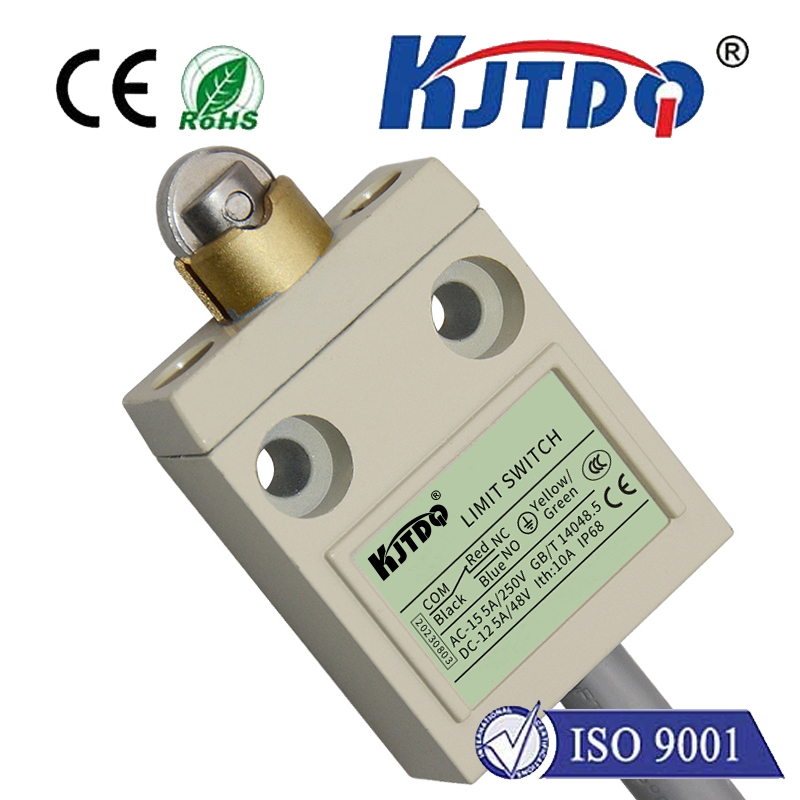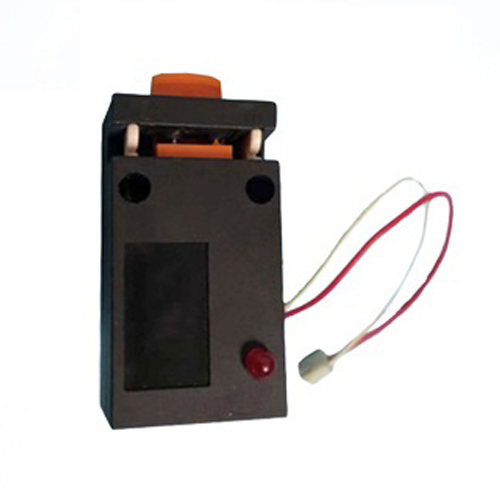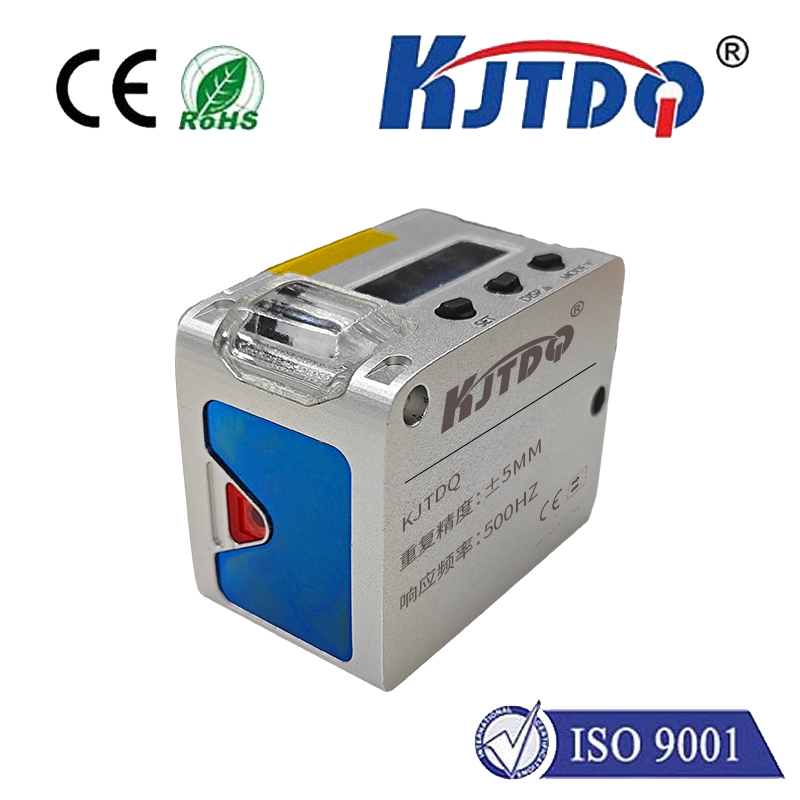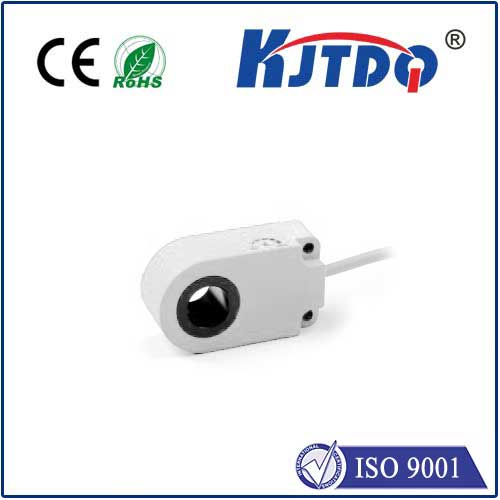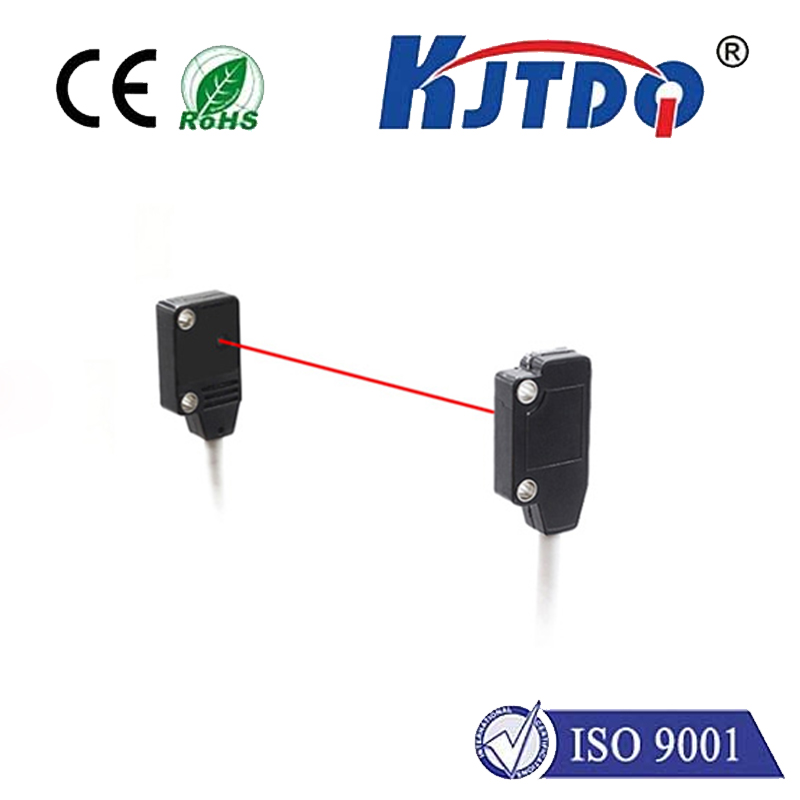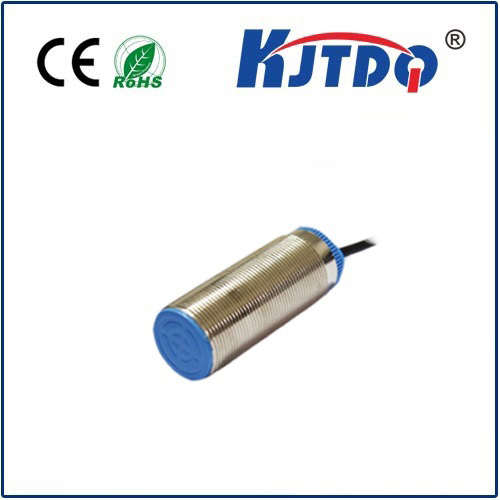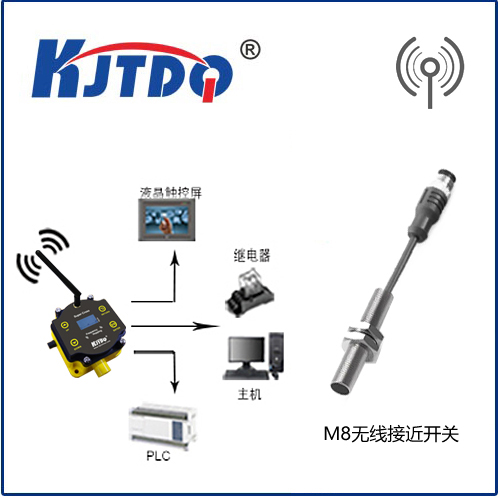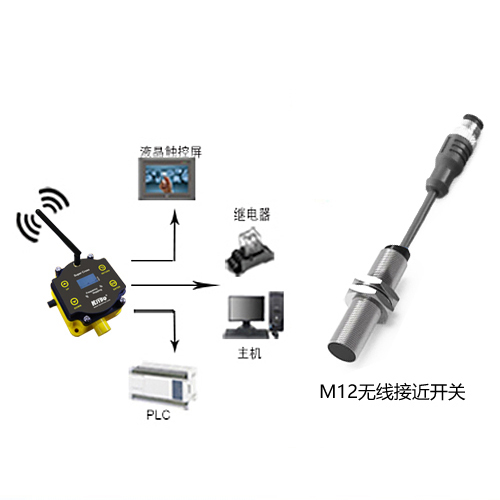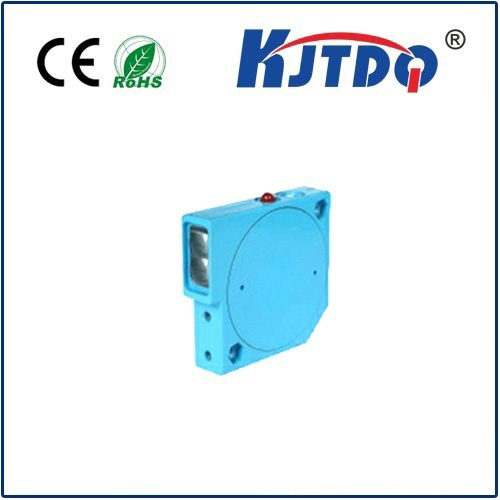

check

check

check

check

check

check

check

check

check

check
4VDC Photo Sensor: A Versatile and Reliable Sensing Solution
When it comes to automation and industrial sensing, photo sensors play a crucial role in detecting objects, counting, positioning, and more. Among the variety of photo sensors available, the 24VDC photo sensor stands out for its versatility, reliability, and easy integration into different systems. In this article, we will explore the features, applications, and benefits of using a 24VDC photo sensor in various industries.
The 24VDC photo sensor is designed to operate on a 24-volt direct current (DC) power supply, making it compatible with many industrial control systems. These sensors typically come with a sensing distance of 2 meters, which is sufficient for most sensing applications in manufacturing, packaging, logistics, and other sectors. The PNP (Source) output of the sensor allows it to be easily connected to programmable logic controllers (PLCs) and other control devices.

One of the key advantages of the 24VDC photo sensor is its ability to work with different types of targets, including translucent, opaque, and reflective materials. This flexibility makes it suitable for a wide range of applications such as object detection on conveyor belts, counting products, or triggering safety mechanisms in machinery. The sensor's high-performance circuitry ensures accurate and reliable detection even under challenging conditions, such as variable light levels, vibration, or dusty environments.
Moreover, the 24VDC photo sensor is often equipped with additional features that enhance its functionality and ease of use. For instance, some models include built-in indicator lights that provide visual confirmation of the sensing status. They may also have adjustable response times and sensitivities to fine-tune the sensor's performance according to specific application requirements. These features contribute to reducing setup time and improving overall efficiency in automated processes.
In terms of installation and maintenance, 24VDC photo sensors are designed to be user-friendly. They can be quickly mounted using standard brackets and adjusted to the desired position with minimal tools. The robust construction of these sensors ensures longevity and reduces the need for frequent replacements or maintenance. Additionally, the modular design of some photo sensors allows for easy upgrading or replacement of components without having to replace the entire unit.
The compatibility of 24VDC photo sensors with various industrial standards is another factor that contributes to their popularity. Many models are manufactured to comply with CE standards and other relevant certifications, ensuring safety and reliability in critical applications. This adherence to industry standards further enhances their credibility and suitability for diverse environments.
As technology continues to advance, so do the capabilities of photo sensors. Integrating newer technologies like Ethernet connectivity or wireless communication expands the possibilities for remote monitoring and control. While not all 24VDC photo sensors offer these advanced features, they remain a fundamental component in modern sensing solutions due to their simplicity, effectiveness, and adaptability.
In conclusion, the 24VDC photo sensor is a valuable tool for industrial automation and sensing needs. Its ability to operate on a common voltage source, coupled with its versatile sensing capabilities and robust design, make it an essential component for numerous applications. Whether you require precise object detection, counting, or safety mechanisms, a 24VDC photo sensor can provide a reliable solution that is both efficient and cost-effective. As industries continue to embrace automation and smart technologies, the role of the 24VDC photo sensor remains pivotal in enhancing productivity and safety across various sectors.
